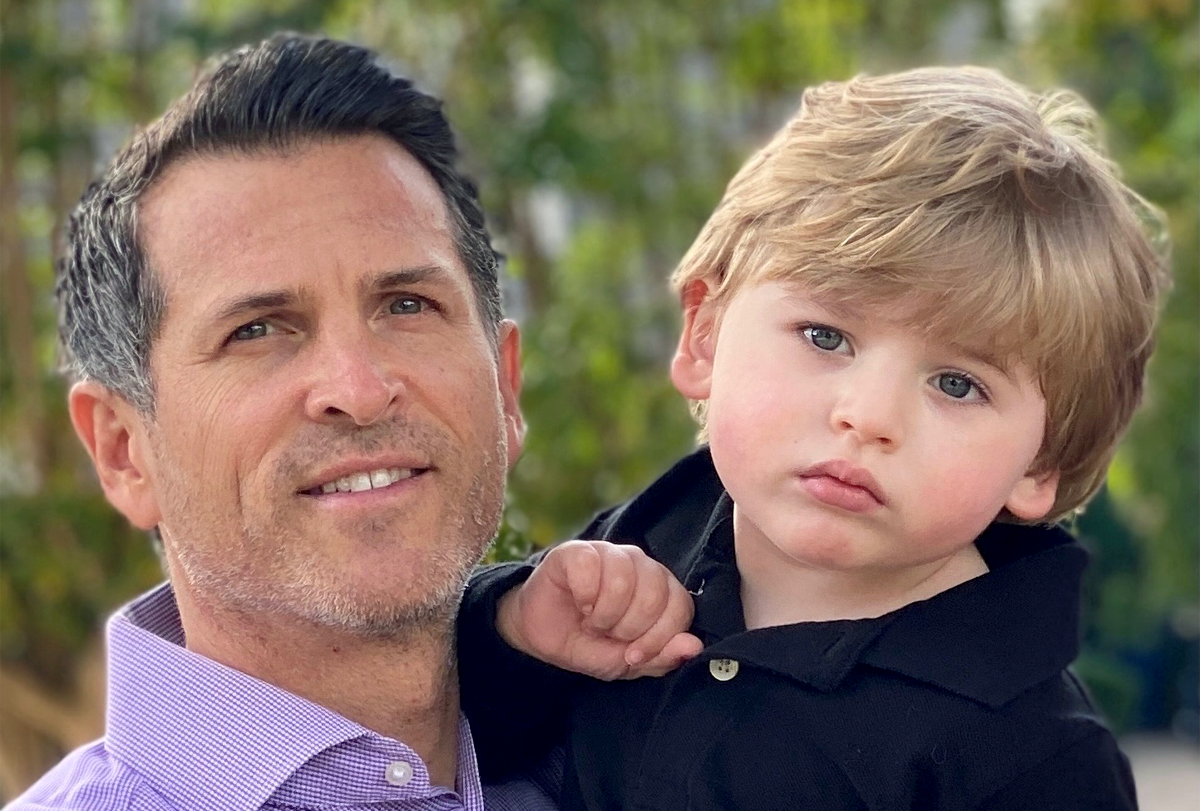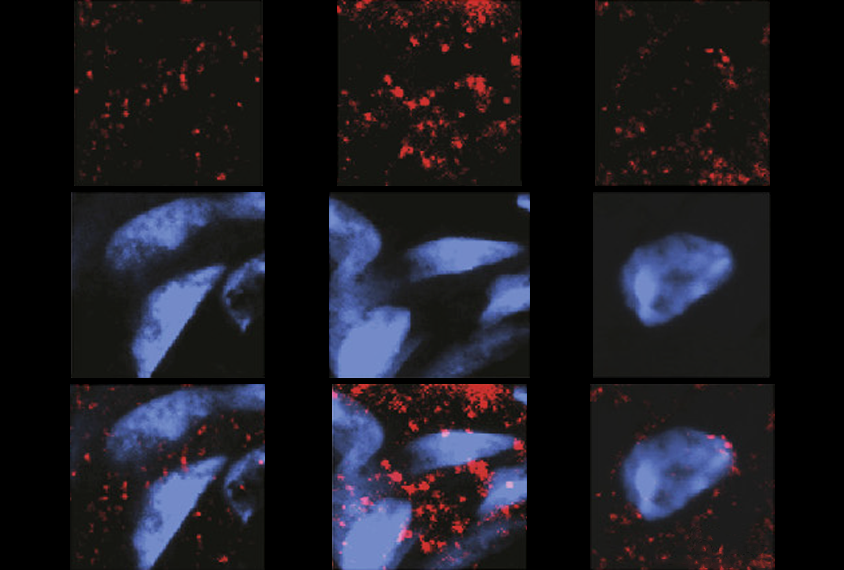In 2021, an experimental drug trial for a rare form of epilepsy ended in tragedy. The two 2-year-olds taking the drug — Valeria Schenkel and Lucy Greenblott — developed hydrocephalus, a buildup of fluid in the brain, and Valeria died as a result, according to The New York Times.
The drug, an antisense oligonucleotide (ASO), was custom-made by researchers at Boston Children’s Hospital in Massachusetts to counteract the effects of a mutation in the KCNT1 gene that underlies this type of epilepsy.
Despite this grave setback, there is still reason to hope, says Justin West, president and director of clinical medicine at the KCNT1 Epilepsy Foundation and father of a 6-year-old son with the condition.
Before the two girls developed hydrocephalus, their seizures reduced. Lucy even progressed in her development and made eye contact with her family for the first time, West says. This is a sign that the condition is treatable, and perhaps even curable, he says.
Spectrum spoke with West about why he thinks it’s important to continue developing ASO therapies for KCNT1-related epilepsy and other rare forms of epilepsy, despite the risks.
This interview has been edited for length and clarity.
Spectrum: Can you tell me about yourself and your family?
Justin West: I’m a plastic surgeon, and my wife is an ophthalmologist. We have three children, ages 9, 8 and 6. Our youngest child, Andrew, has KCNT1 epilepsy. He was born in a normal pregnancy and had a normal delivery — he was really a beautiful child. When he was about 4 months old, my wife noticed a funny thing going on with his foot. To me, it looked like a random baby movement. But following a suggestion from a physician Facebook group, we took him to the hospital, and it turned out to be a seizure.
While we were waiting to see an epilepsy specialist, those tiny little foot flickers became more obvious; they got worse and worse, more and more frequent. He ended up getting admitted to the hospital. That was the first of around seven hospital admissions — Andrew ended up spending probably 100 days in the first year of his life in various hospitals.
Sometimes he had 50 to 100 seizures a day. The seizures were totally resistant to the available epilepsy drugs. So at any given time, he was on four different epilepsy drugs and seizing through them. My wife and I were basically living at the hospital with him. It got to a point where he was so drugged out that he was almost nonresponsive. We were looking at this little baby that a month or two ago was totally perfect, and now he’s gone.
S: What’s daily life like for Andrew now?
JW: He’s 6 years old, but functionally he’s 6 months old. He can sit; he can go from lying down to sitting up; he can reach for his bottle; and he can drink on his own. We use a wheelchair to move him around, and he needs a power lifter to get in and out of the bath. We spoon-feed him; he’s totally dependent on us.
And that’s what his life will always be like, unless we find him a drug to change his trajectory.
It’s a shit diagnosis. There’s a very high mortality rate. Every month in our Facebook groups, there’s a post about the loss of another child in our community — we’ve lost four children in the past four weeks. Every week, there’s another kid going to the ICU. These are really, really sick children.
S: What treatments currently exist for KCNT1-related epilepsy?
JW: There are no targeted medications for it. You are basically stuck using medications that were designed for other, more generalized forms of epilepsy but are not specific to pediatric genetic epilepsy.
S: How did the community react to the outcome of the ASO trial for KCNT1 last year?
JW: The bottom line is, it is tragic, but from the perspective of the community and other drug developers, it’s a critical study. Now we have a proof of concept in humans that you can make the seizures go away and — maybe more importantly — impact development. Because all of our families would accept seizures if we could get our kids to progress developmentally.
We put out a poll in our Facebook group shortly after the New York Times article on the trial came out. First, I asked if everyone was still interested in enrolling their child in clinical trials. Over 90 percent of the parents said yes. Then I broke it down by treatment type: ASO, small molecule, gene therapy. And basically everybody was interested in small molecules, and the vast majority were still interested in ASOs. Many parents said that given what happened, they would just have a lot of questions before enrolling in an ASO trial.
The community has seen very clearly what the worst-case scenario is, but even in that worst-case scenario, we saw glimmers of hope. And hope is all that this community has.
S: How have pharmaceutical companies responded?
JW: There is still a tremendous amount of interest. This year, four new companies approached me saying they want to work on KCNT1. I think people were motivated by the proof of concept from the ASO trial that you can improve the disease. Safety issues are fixable, but it’s much harder to move the needle on a disease that isn’t treatable. I don’t think we’ve had a single team back out since the outcome of the trial came out.
I have a tremendous amount of gratitude to the teams of people around the world that are working on rare diseases like Andrew’s. Without their interest, he has no hope.
S: As a parent, how do you weigh the potential risks and benefits of an experimental treatment?
JW: In this community, the way we perceive risk is very different than the way a scientist or drug developer would perceive it — or, quite frankly, than the way our epilepsy specialist would perceive it. They’re petrified of hurting our children, but our children have already been traumatically injured by this condition.
And so those of us who are raising these children, I think we have a pretty high tolerance for things to go wrong. Because things have already gone so wrong. I always tell my doctors, “You can’t hurt my kid any more than he’s already been hurt.”
The way I think of it is: If we do nothing, he’s suffering. My answer is always going to be: I need to see more of Andrew; I want more of him back. I want to hear his voice. And if we don’t do anything, we never will. So if there’s a risk, to me it’s worth it.
If we lost Andrew trying to give him a better life, I can live with that. If science has the potential to unlock a part of his brain so we can communicate with him or watch him go where he wants to go, I feel like it’s our duty to him to try to make that happen.





